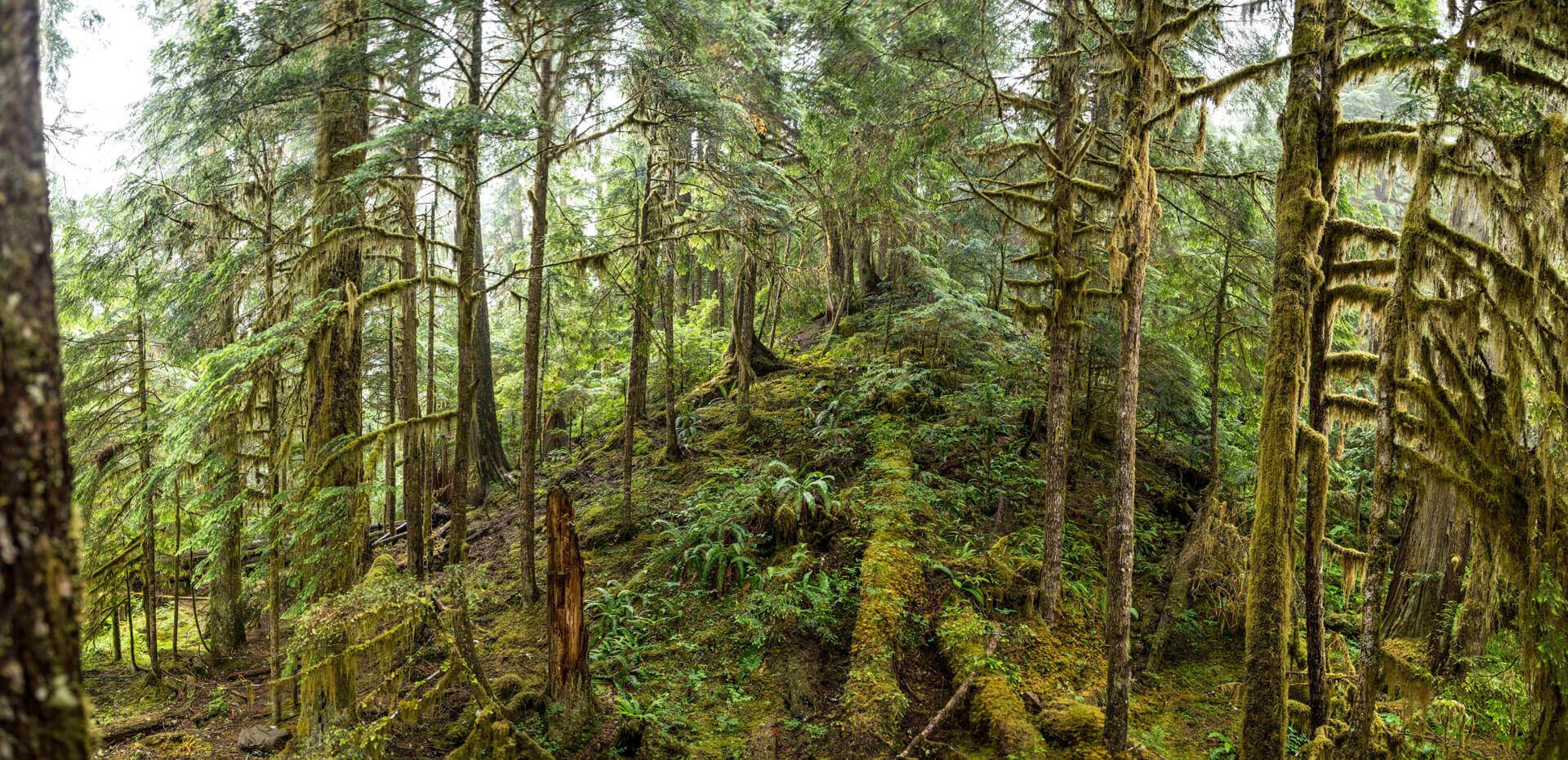In light of the recent GSG sponsorship of 20,000 square metres of ancient Peruvian forest, we sat down with Kai Andersch, the chairman of the board for the non-profit foundation Wilderness International. We discussed how the foundation started, how it works, and how everyone can help.

Could you please introduce yourself and tell us a bit about your career in the nonprofit sector?
I love trees. At age 17, I had the chance to experience the West Coast rainforest in Canada first-hand during a high school year over there. Studying Forestry Sciences was the next logical step, followed by founding a conservation NGO in my second year of university. The Amazon rainforest and the ancient forests of western and northern Canada became my second home. I have been doing scientific research projects and forest conservation projects there ever since, often together with indigenous people in Canada and South America.
How did Wilderness International start, and what were the most urgent challenges it had to address?
Wilderness International started as an environmental NGO in 2008, founded by 25 people from many different countries and different walks of life. Our goal is the long-term protection of significant ecosystems, preferably ancient forests. This is also what distinguishes us from other projects. We buy the land titles of unique areas of land and guarantee the conservation of these thousand-year-old trees. All three sister foundations, Wilderness International Peru, Canada, and Germany, hold the land titles and secure the conservation of the areas. This long-term approach has also been our greatest challenge: designing and implementing a system that guarantees the permanent conservation of the ecosystem, measured in the lifespan of trees (easily 1,000 years and older) versus that of humans. We believe that we have found the best possible concept to ensure this.
What is the scope of the organisation now? Tell us a bit more about your people.
We focus strongly on protecting more and more land, digitalising the conservation areas, publishing emotional and informational educational materials about them, and on furthering extremely transparent, innovative concepts for companies and other institutions. Furthermore, we regularly visit our permanent sampling plots in our conservation areas and conduct scientific studies in our forests. We love education and inspiring young people, so we take groups of school students on scientific expeditions into the heart of our ancient forests. Our team consists of forest scientists, sustainability experts, biologists, communication experts, I.T. experts, and many more. Also, we firmly believe in succession, so we have many young professionals in their twenties on our boards and in management-level jobs.
How are you helping companies like GSG become more environmentally conscious, and why do you believe commercial partnerships are essential?
We believe in the power of change of every individual and every organisation. We want to empower GSG to turn their community, clients, employees and partners into real-life heroes – because this cooperation makes a difference! It is much more than only a reward. It is a solid contribution to buffering climate change and conserving the biodiversity of our planet. Together, we want to say “thank you” to nature for all daily services it provides us with, such as clean water and air, and a global connection for a sustainable future. Also, many companies are calculating their carbon footprint with our tools at www.thankyounature.org. They change their consumption patterns, reduce their carbon footprint and offset remaining emissions by protecting ancient forests with Wilderness International.
https://www.youtube.com/watch?v=TND9EGHmMTY&t=16s
Why did you choose forests in Peru and Canada specifically?
Intact and ancient forests cannot be found everywhere in the world. Canada’s West Coast is home to some of the tallest and oldest trees in the world, which are also world champions in carbon sequestration. Our mission is to save them, given that they belong to one of the most endangered ecosystems in the world.
Then, there is the much better known Amazon rainforest in Peru. It is a genuinely ancient ecosystem: Never covered by ice ages, this forest has flourished for hundreds of thousands of years and become the world’s most biodiverse ecosystem on Earth. Unfortunately, both forest areas are in imminent danger of being clear-cut for timber extraction, agriculture and infrastructure development.
In addition, we choose those countries because of their robust legal system regarding land ownership, which helps us to fulfil our promise of long-term protection.
How could our employees, partners, and anyone reading the interview contribute to Wilderness International, be it with a sponsorship, a personal contribution, awareness or volunteering?
If you would like to be incredibly helpful to the planet and all living life, protect a piece of wilderness with a sponsorship and thus guarantee its permanent existence. You can also develop a more sustainable way of life by reducing your carbon footprint. You can calculate it here, for example, to find out your emissions for the year 2021, of a trip or an event: https://www.thankyounature.org/
Alternatively, you can protect a great piece of rainforest by becoming a wilderness sponsor: https://map.wilderness-international.org/
And spreading the word is always very welcome, please check us out on social media:
https://www.instagram.com/wildernessinternational/
https://www.linkedin.com/company/wilderness-international/
https://de-de.facebook.com/wildernessinternational/
Or subscribe to our newsletter (German only): https://www.wilderness-international.org/newsletter-2/
You can also reach out to
Johann-Georg Cyffka jg.cyffka@wilderness-international.org
You can make a difference today!
